Solar lights harness energy from the sun to illuminate outdoor spaces, serving as a sustainable lighting solution that reduces electricity use. They are designed to charge during the day using direct sunlight and provide lighting at night. However, setting these solar lights can pose a challenge when the weather is overcast or in the absence of the sun.
To overcome this obstacle, alternative methods exist to charge solar lights even when the sun isn’t shining. Users can effectively set their solar panels using indirect sunlight, artificial light sources, or other reflective methods. It’s essential to understand the proper techniques and the efficiency of different methods to keep solar lights functioning optimally, even during cloudy days or in shaded areas.
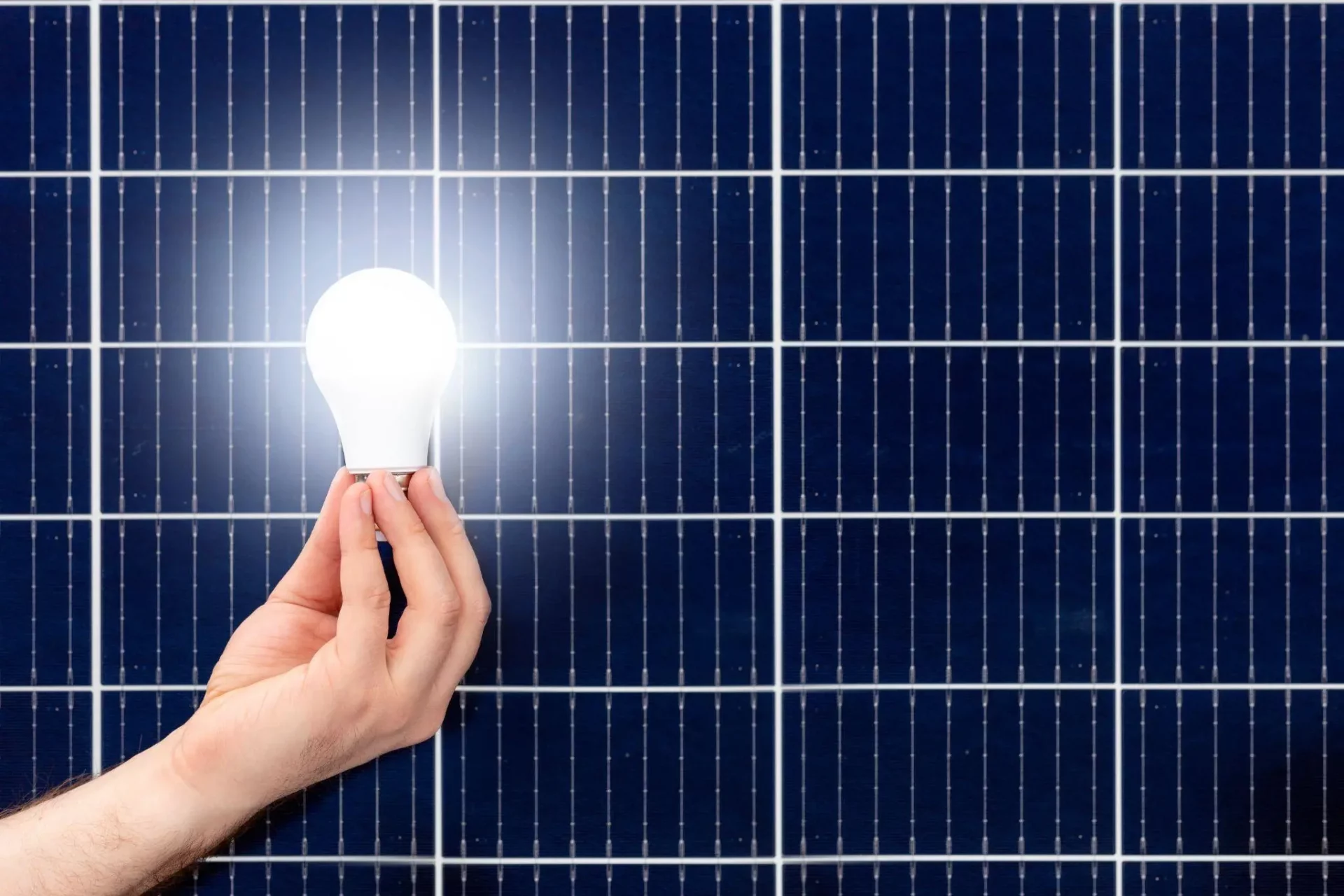
Solar lights rely on solar panels and batteries to harness and store energy. The efficiency of these lights depends not only on direct sunlight exposure but also on the functioning of their photovoltaic cells.
Solar Panel: The solar panel is the energy-harvesting component. It usually sits atop the light, exposed to sunlight.
Battery: Within the light is a rechargeable battery, where the solar energy converted by the panel is stored.
LEDs/ Light Bulb: This part of solar light provides illumination once the energy is converted.
Controller Electronics: These manage the power flow from the battery to the light source and often include a sensor that turns the light off and on at dusk and dawn.
Solar lights function by absorbing sunlight through their solar panels during the day. Once the photons hit the solar cells, they are converted into electrical energy and stored in the battery. When it gets dark, the controller electronics trigger the light source using the stored power.
Photovoltaic Cell Composition: A solar light’s photovoltaic cells consist of layers of silicon, phosphorus (providing a positive charge), and boron (which adds a negative charge).
Energy Conversion: When sunlight hits these cells, it dislodges electrons. This reaction produces electricity as the electrons flow through the material to create an electric current. This current is what the solar panel converts and directs into the battery for storage and later use.
Photovoltaic Cell Composition: A solar light’s photovoltaic cells consist of layers of silicon, phosphorus (providing a positive charge), and boron (which adds a negative charge).
Challenges and Solutions When Sunlight Is Not Available
When solar lights cannot access direct sunlight, their charging efficiency is impeded. This section covers the effects of cloudy weather, shade, and dust on solar charging and provides transparent solutions for each scenario.
Solar lights depend on sunlight to recharge, but cloudy weather can significantly reduce the intensity of solar radiation reaching the panels. Solar lights can still charge even on overcast days because diffuse sunlight permeates the clouds. Users can enhance charge efficiency by wiping the panels clean, ensuring that even the reduced sunlight is maximally utilized.
Areas in constant shade or receiving indirect sunlight present a challenge for charging solar lights effectively. To mitigate this, positioning the solar panels strategically where they can receive the brightest ambient light for the longest period during the day is crucial. For example, placing them near a window or under a skylight can improve charge times in shaded conditions.
Accumulation of dust, pollen, or the after-effects of sandstorms can obscure solar panels and hinder their ability to charge. Regular maintenance is vital; a routine cleaning of the panels ensures that such particulates do not block sunlight. Solar lights may require more frequent cleaning to maintain peak charging efficiency in areas prone to sandstorms.
By understanding and applying these targeted solutions, the performance of solar lights can be sustained even when optimal sunlight conditions are absent.
Solar lights typically rely on direct sunlight to charge, but there are reliable alternative methods to ensure functionality during periods with little to no sunlight.
Artificial light can be an adequate substitute for sunlight. Two primary types of bulbs that can charge solar lights are:
Both types should be placed close to the solar panel for the best results.
Reflective surfaces can improve the charging efficiency of solar lights. A practical method includes:
Creating improvised charging stations can provide convenience and charge solar lights when sunlight is unavailable. Some techniques include:
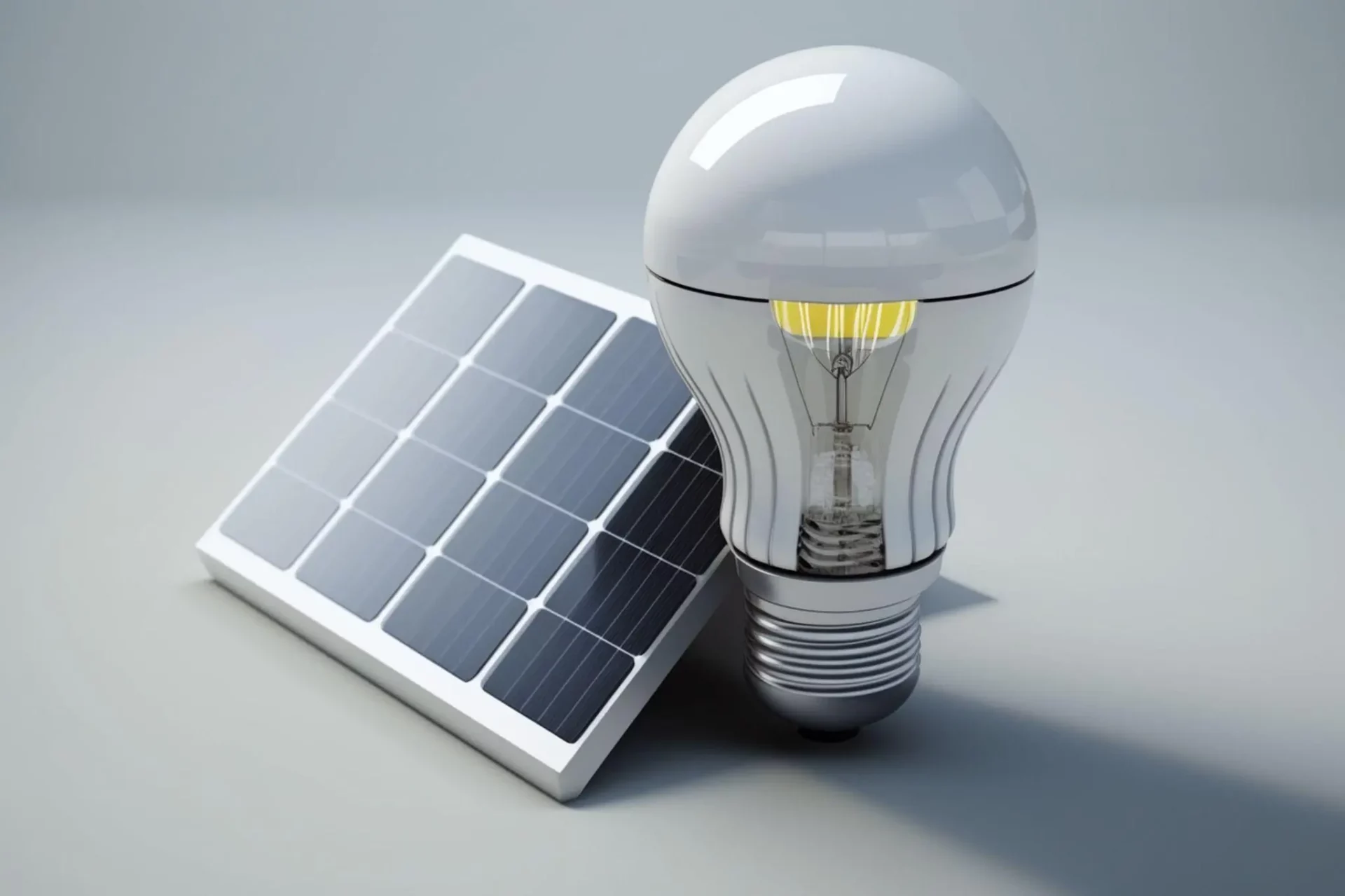
Maintaining solar lights involves proper placement, regular cleaning, and attentive battery care. These steps ensure efficient charging even without direct sunlight.
Solar lights offer versatile lighting solutions that can be adapted to various settings, providing illumination without relying on traditional electricity sources. These innovative uses cater to the outdoor environment’s portable needs, such as camping, and contribute to reducing carbon footprints.
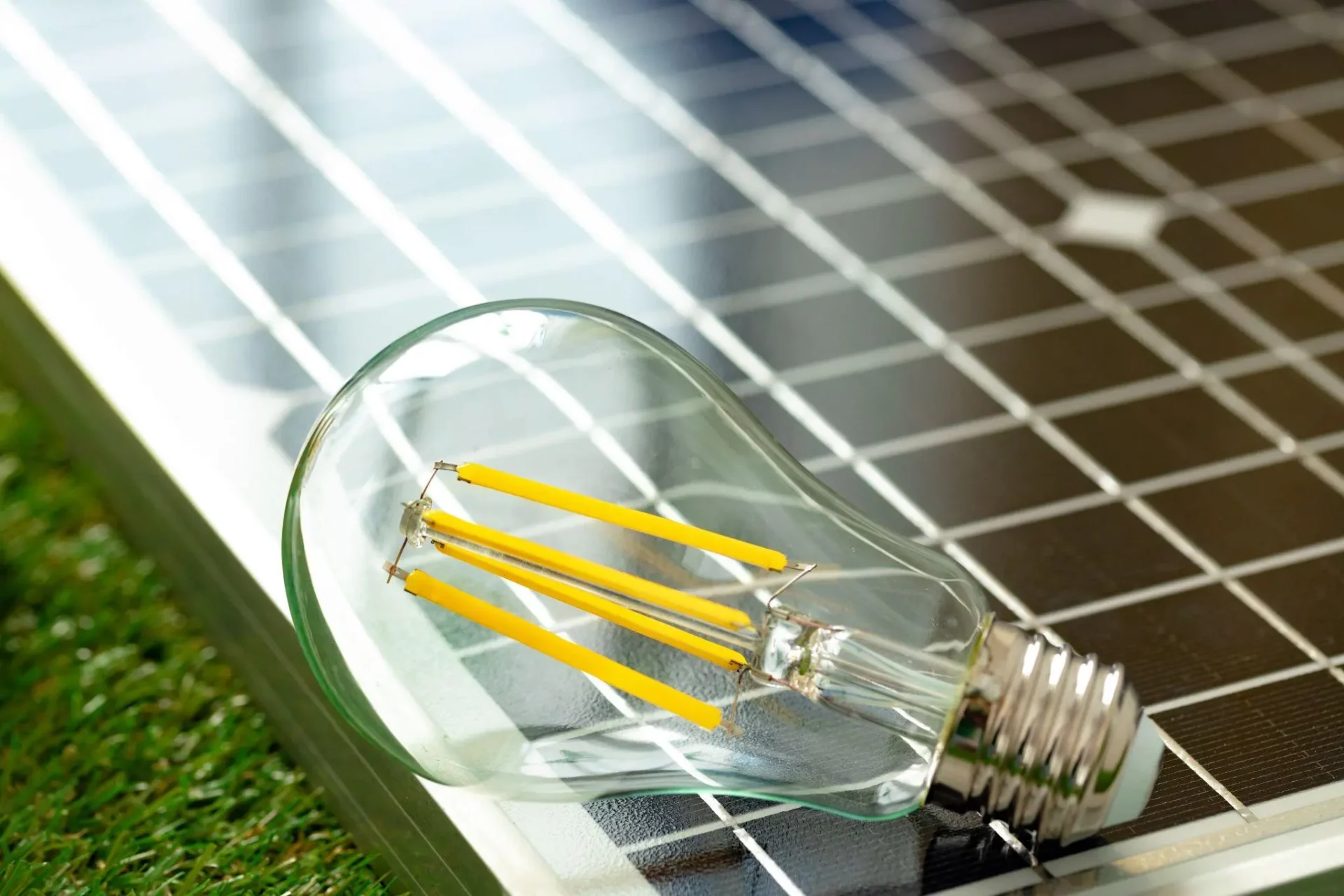
Outdoor solar lights are excellent for illuminating gardens, pathways, and patios. They harness energy during the day, even in overcast conditions, through a process where photovoltaic cells convert light into electrical energy. This energy is stored in batteries, ensuring outdoor solar lights can still operate at night or in shady areas. For optimal charging without direct sunlight, one can position them in locations that receive indirect sunlight or use alternative light sources such as LED or incandescent bulbs.
Placement Tips:
Camping enthusiasts benefit significantly from portable solar lighting. Solar-powered lights designed for camping are typically light, durable, and can be charged on the go. Campers can charge their solar lights with car chargers or portable LED lights when sunlight is scarce. This ability to charge without direct sunlight ensures that they remain functional for activities after dark.
Camping Solar Solutions:
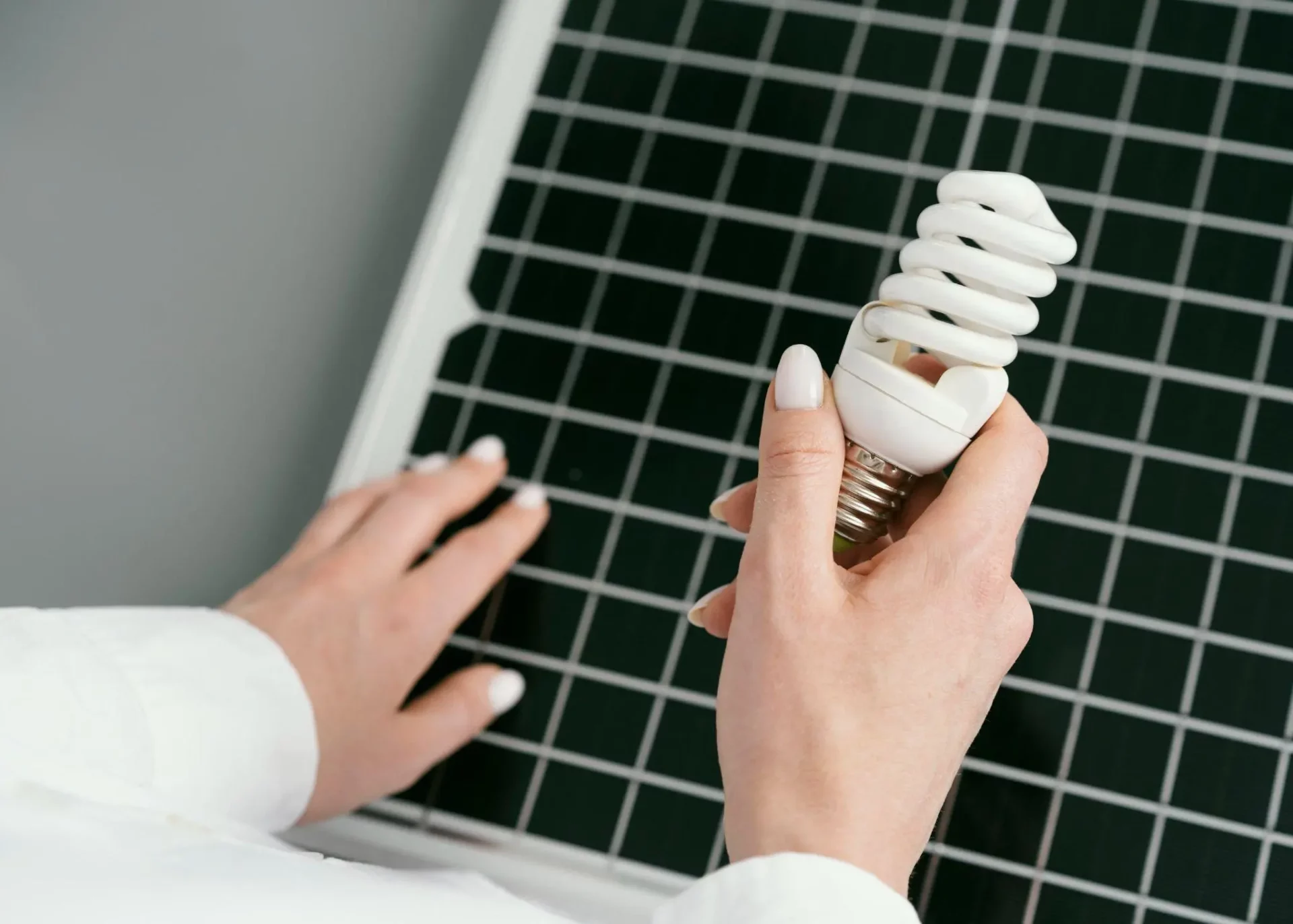
Individuals seeking to reduce their carbon footprint can incorporate solar lighting into their lifestyle. Solar lights diminish the reliance on fossil fuels and grid electricity, directly cutting down greenhouse gas emissions associated with energy production. Solar lights in public and private spaces stand as a testament to sustainable practices, positively mitigating the effects of climate change.
Carbon Reduction Strategies:
This section addresses common inquiries regarding charging solar lights when sunlight is scarce or unavailable.
What are effective methods for charging solar lights indoors?
Charging solar lights indoors can be achieved by placing them near a bright artificial light source, such as LED bulbs or fluorescent lamps, emitting light similar in spectrum to sunlight.
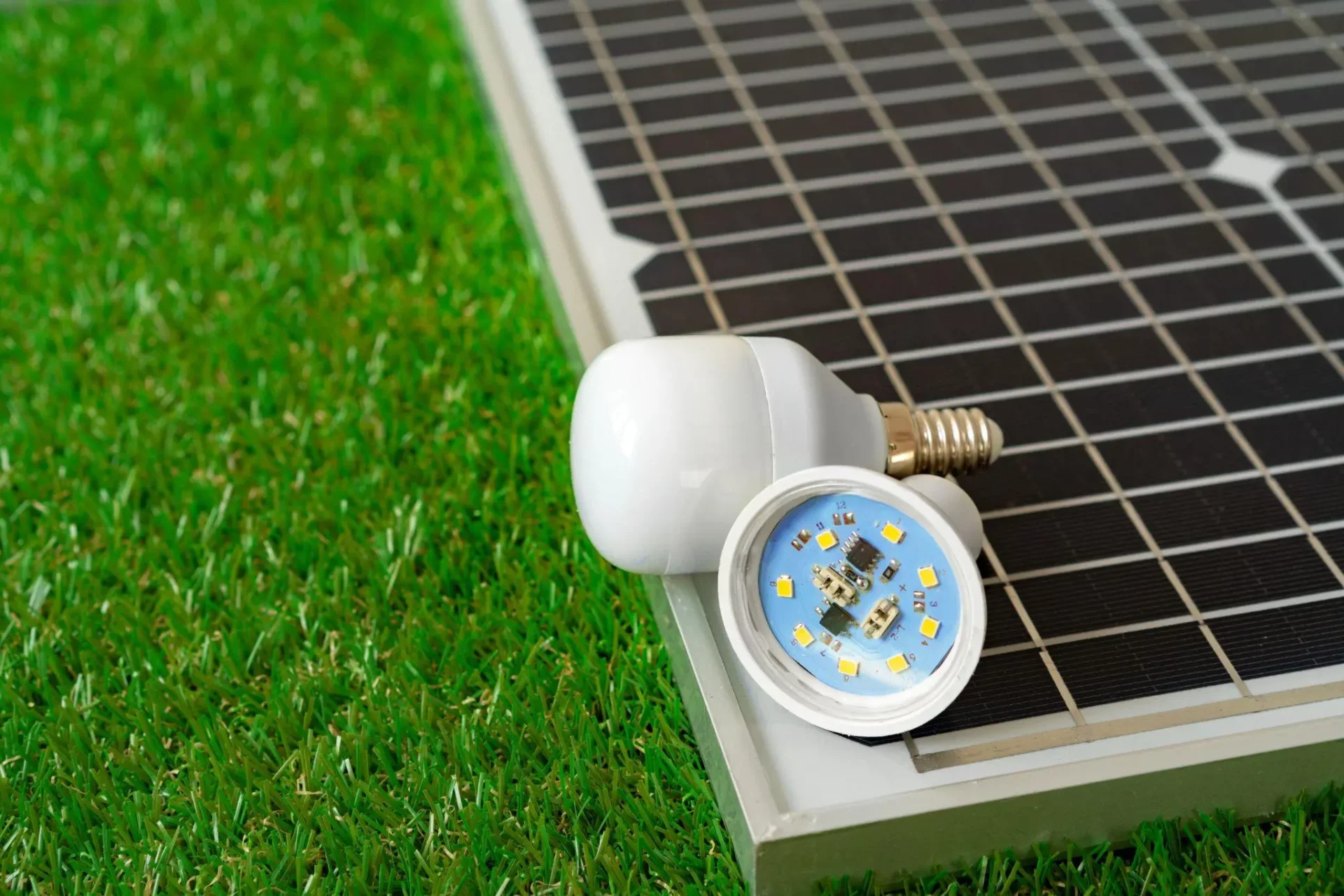
Can solar lights be charged in areas with limited direct sunlight?
Yes, solar lights can be charged in areas with limited sunlight by maximizing exposure to ambient light, keeping panels clean to absorb as much light as possible, and positioning them near reflective surfaces to increase light intensity.
How can solar lights be charged during winter or overcast conditions?
During winter or overcast conditions, solar lights can be charged by exposing them to the brightest area of the open sky or using a mirror or other reflective surface to direct light onto the panels.
Are there alternative light sources besides natural sunlight that can charge solar lights?
Alternative light sources such as incandescent bulbs, halogen lamps, and high-wattage LEDs can charge solar lights less efficiently than natural sunlight.
How long does it typically take to charge solar lights fully?
The time taken to charge solar lights varies depending on the light intensity and type of solar panel but typically requires several hours of exposure to an adequate light source.
Can the light emitted from electronic devices be used to charge solar lights?
The light from electronic devices like smartphones and TVs usually needs to be stronger to charge solar lights effectively. More intense light sources are preferable for a meaningful charge.